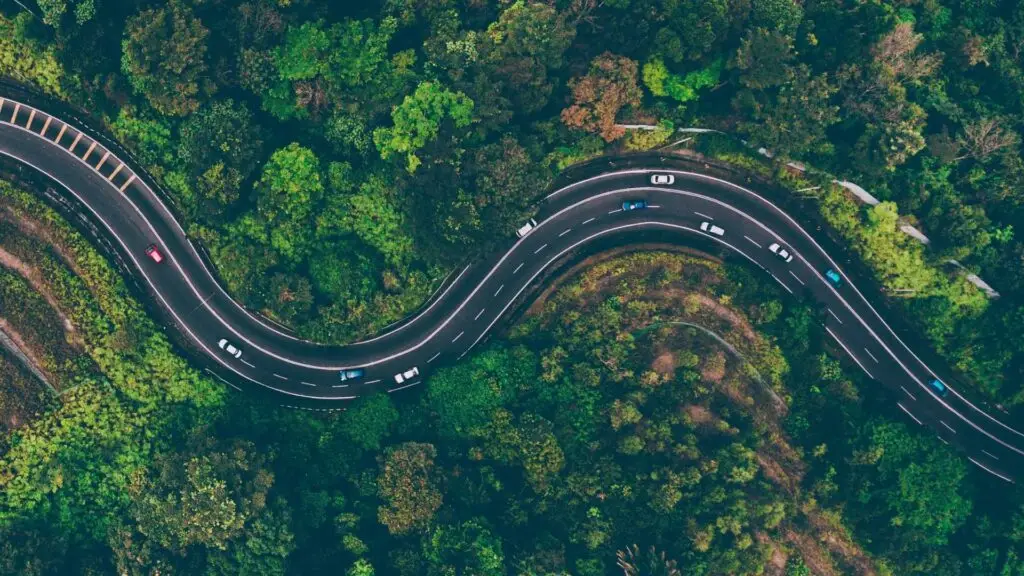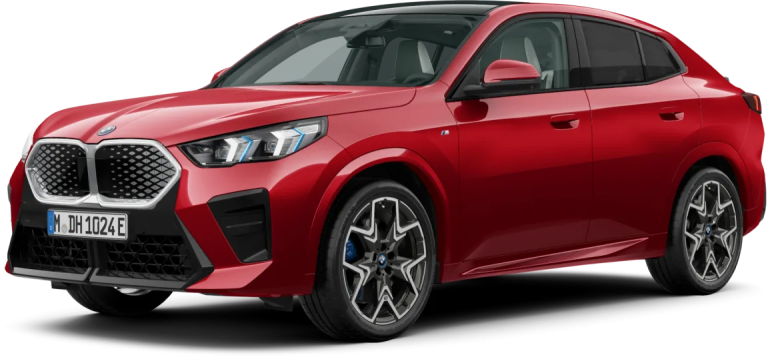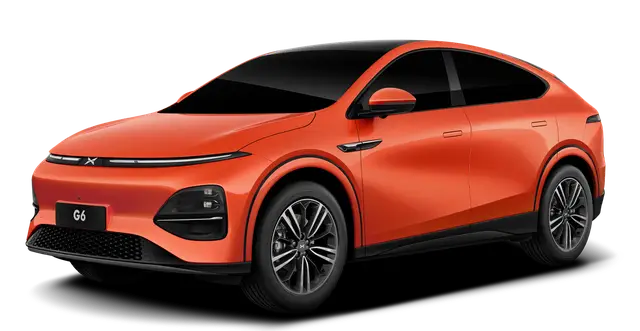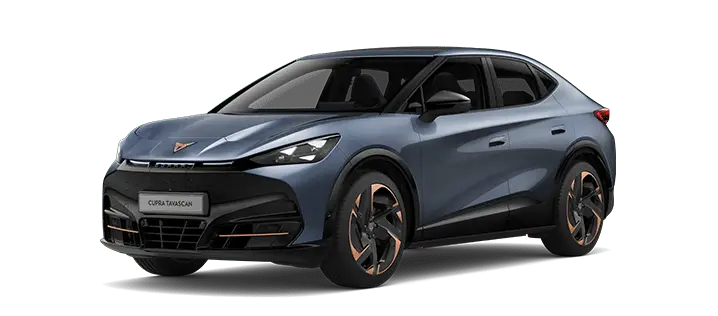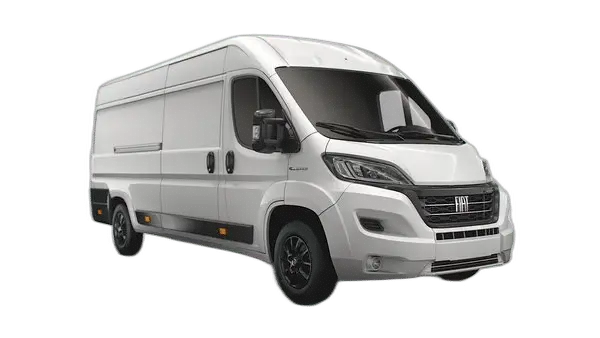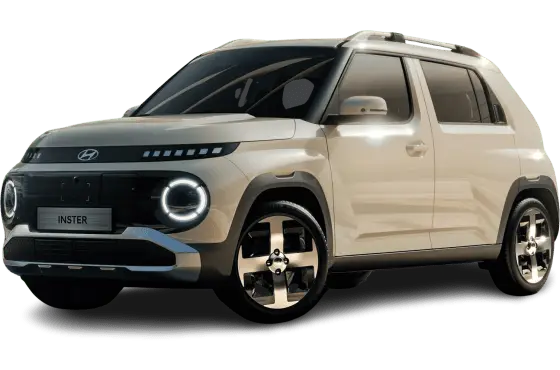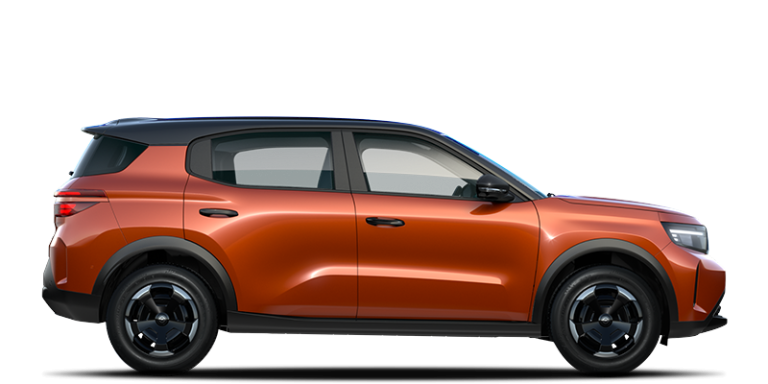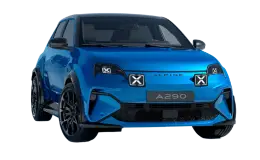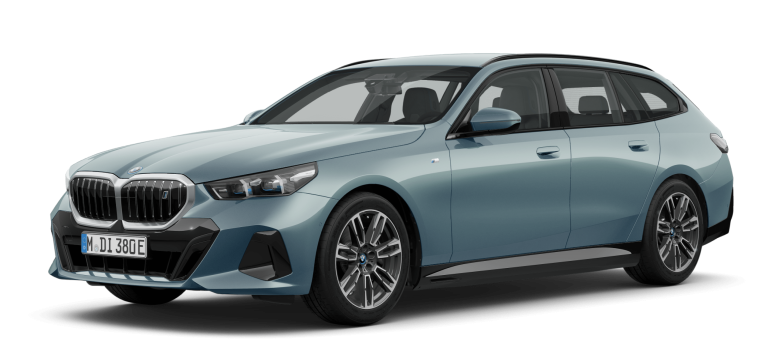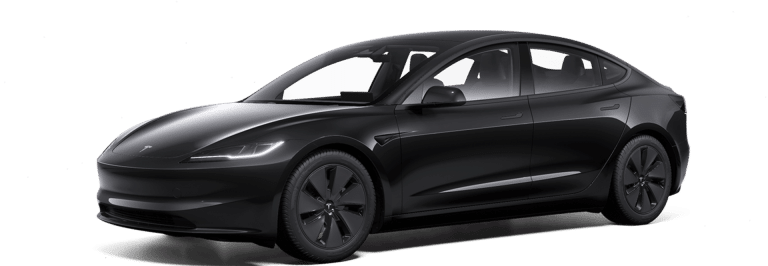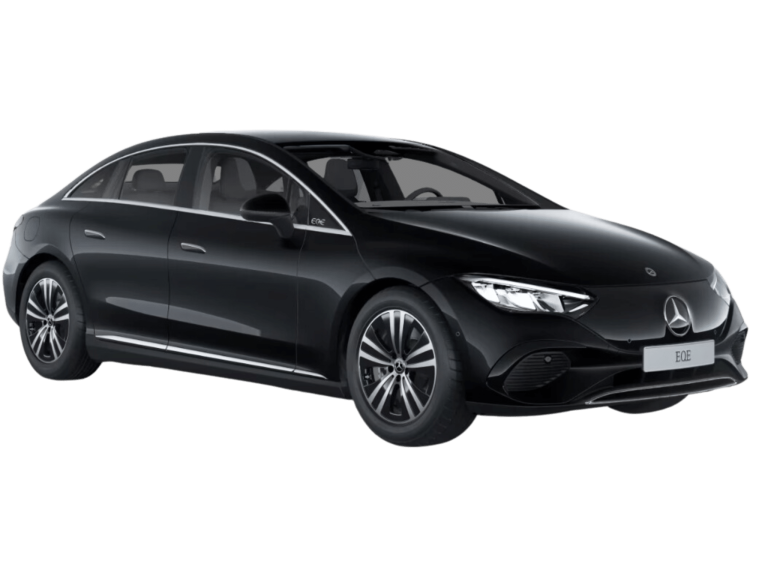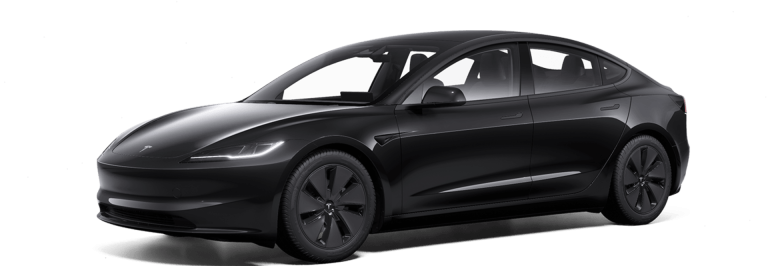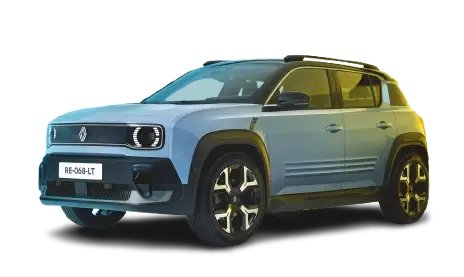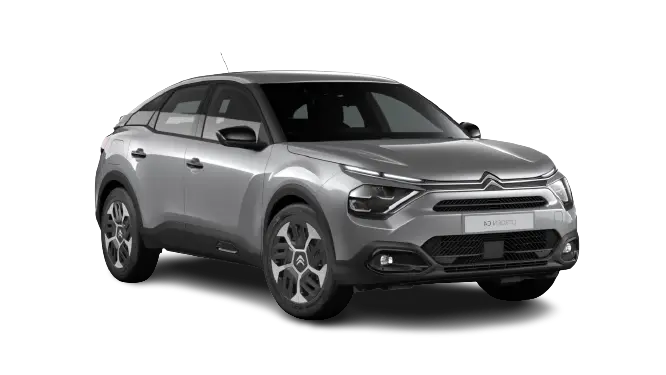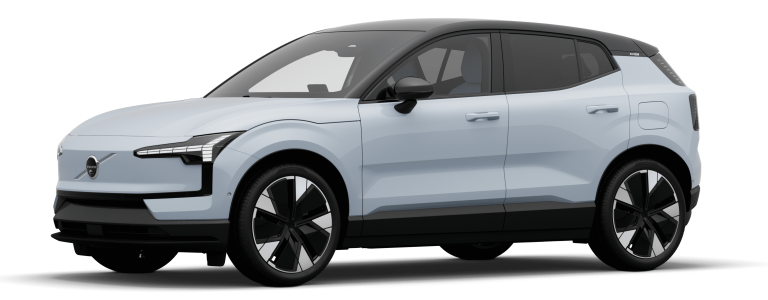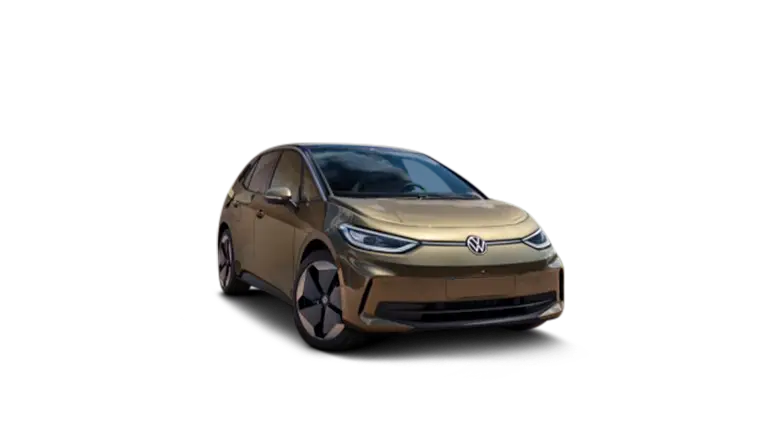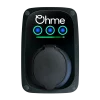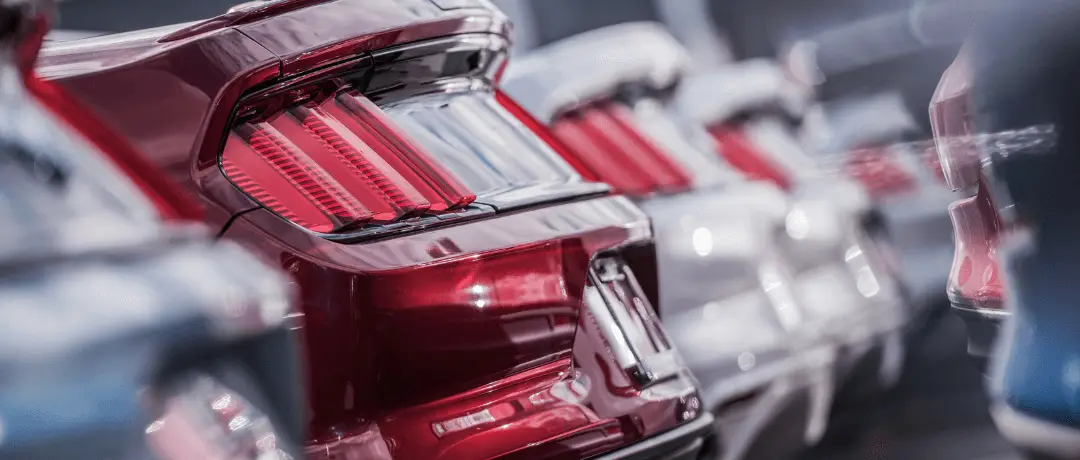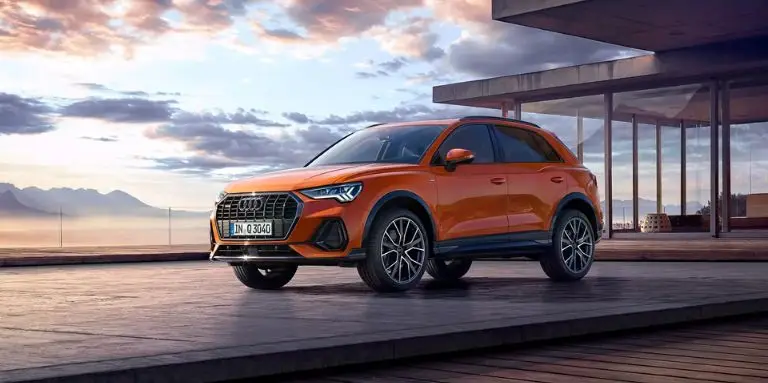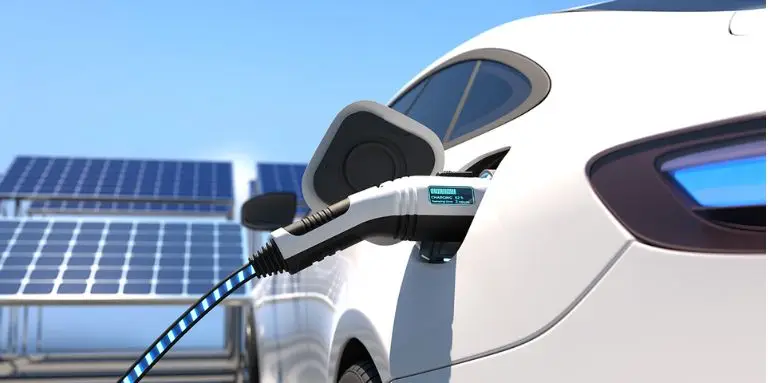What is the LOM law?
The purpose of the Mobility Orientation Law (LOM ) is to redefine mobility for citizens. Initiated by the Ministry of Ecology and the Ministry of Transport, it follows on from the Assises de la mobilité (Mobility Conferences) of 2017.
Comprising 50 articles tabled in November 2018, it was adopted by the French National Assembly on November 18, 2019.
The text includes a number of measures relating to means of transport, accessibility and urban infrastructure.
What are the challenges ahead?
The LOM law is a far-reaching reform of mobility, designed to meet the 3 main challenges of France's mobility policy. Key words: Mobility, Environment and Infrastructure policy.
- Improving the efficiency of the mobility system The aim is to reduce existing social and territorial divides, which are the result of shortcomings in mobility policy. The introduction of an efficient mobility system should remedy the current shortcomings.
- Responding to the ecological and climatic emergency through environmentally-friendly transport. Objective: achieve carbon neutrality by 2050 through the decarbonization of transport.
- Define a new infrastructure policyless focused on links between metropolises. The aim is not only to relieve congestion, but also to open up areas with obsolete transport networks.
13 key measures to remember
Among the 232 amendments to this colossal text, here are a few measures to remember from the LOM law:
1. Improve existing networks
One of the priorities of the LOM law is to improve and maintain existing transport networks over the next ten years. The modernization of road, river and rail networks will guarantee both the safety and efficiency of new infrastructures.
2. 400 euros/year paid to employees who carpool or use bicycles
The mobility package is one of the major challenges of the LOM law. As of the 1er January 2020, employers will be able to reimburse up to 400 euros a year in travel expenses for employees who carpool or use a bicycle for their home-to-work commute. This lump sum is exempt from tax and social security contributions.
3. Limit the use of private cars
The LOM law aims to find alternatives to the private car by creating reserved lanes for carpooling, as well as setting up shuttles. An experiment is currently underway in the city of Alpes-Maritimes, to improve travel from home to work, thanks to shuttles running from bus stops to companies.
4. Charging your electric vehicle anywhere
By 2022, the number of charging points for electric vehicles will have increased fivefold. Currently, there are 227,000 electric vehicles available, but only 26,000 charging points. Users will be able to benefit from the necessary equipment in parking lots with more than 10 spaces, and in newly constructed or renovated buildings.
The aim is to improve access to charging stations, which are currently too few and far between in local communities, note the Ministries of Transport and Ecological Transition, in a press release. : "While 90% of charging today takes place at home, 7 million households have a parking space in a condominium, where installing a charging point is not always easy, and 12 million households have no private parking space at all"..
On request, local authorities will provide electric car owners and users with a charging point within 500 meters of their home or place of work. They will also receive a grant of 2160 euros to cover the installation and cost of the necessary equipment, as well as the maintenance of the electrical network.
5. More clean vehicles in companies
LOM encourage la transition énergétique au sein des entreprises. Celles dont le poids total du parc est inférieur à 3,5 tonnes devront acquérir au renouvellement annuel de leur flotte, des véhicules plus propres ; dont les émissions sont inférieures à 60g/km de CO2. Dans une logique d’accélération de la transformation, ce chiffre évolue à 20 % de voitures à faibles émissions en 2024, 40 % en 2027 et 70 % en 2030.
Cette mesure concerne les entreprises dont la flotte comprend plus de 100 véhicules.
L’entrée en vigueur de cette mesure pour les Véhicules Utilitaires légers – VUL- est quant à elle décalée d’une année. Les quotas de véhicules propres à acquérir dans ce cas entreront en vigueur au 1er janvier 2023.
6. A more accessible driver's license
For a cheaper, more accessible driving license, the government plans to cut the price by 30%, from 1,800 to 1,260 euros. The learning process will also be reformed, with the use of simulators and e-learning. Examination times will also be reduced.
7. Autonomous shuttles on the road
Autonomous vehicles will be able to circulate outside dedicated circuits and will take to the roads from 2020. Experiments are underway in sixteen towns, including Vichy, where Transdev has opened a new line dedicated to autonomous shuttles on the existing network.
8. Low-emission zones and priority for electric vehicles
Still with a view to clean mobility, the LOM law provides for the definition of low-emission zones by all conurbations with more than 100,000 inhabitants.
23 local authorities are already committed to this approach, including Aix-Marseille-Provence, Grenoble-Alpes Métropole, Grand Lyon, Montpellier Méditerranée Métropole, Métropole Nice Côte d'Azur and Paris.
In the same spirit of supporting this conversion to renewable energies, and encouraging the electric sector, the government has set itself the target of deploying 1 million electric vehicles across the country by 2022.
9. In 2040: No more cars using fossil fuels
The 2050 carbon-neutral objective calls for a drastic reduction in CO2 emissions, with the aim of achieving -37.5% emissions by 2030. Secondly, in line with the Climate Plan, the most polluting fossil fuel cars will be banned from sale by 2035.
Discover the electric cars available from Beev
10. Bicycle priority
In addition to the mobility package, other measures are planned for cyclists: the Lom law aims to improve parking security in order to reduce bicycle theft, notably by marking bicycles. To this end, SNCF and RATP will be required to provide secure parking facilities for users by 1st January 2024. In addition, a school-based learning program on the use of bicycles will aim to raise awareness among the very young.
11. Alternative-fuel vehicles will pay less on the roads
Motorway companies will be obliged to offer specially designed tariffs for alternative-fuel vehicles. Tolls will vary according to vehicle emission levels. Similarly, service stations will have to be better equipped for alternative fuels. Parking spaces will also be specially reserved for cars that pollute less.
This measure, already adopted in Norway, is a real success. The increase in toll prices for polluting vehicles and the revision of tariffs for electric vehicles have convinced users: in the first quarter of 2019, the country recorded a 75% increase in purchases of clean vehicles.
12. Intelligent transport systems
Intelligent transport systems will be created to enable autonomous shuttles, for example. For example, they will enable the exchange of information between vehicles and infrastructures.
13. Cheaper spare parts
The spare parts market will be gradually opened up to competition, meaning no more monopoly for automakers. The aim of this measure is to reduce the cost of repairs for users and open up the automotive market to new players, thereby combating programmed obsolescence.
"Cleaner Mobility
One of the first answers provided by the bill is to make a success of the ecological and energy transition in transport. The watchword: "Cleaner mobility". A far-reaching measure, given that the transport sector is the 1st emitter of greenhouse gases, accounting for 30% of emissions.
It is through less polluting vehicles that the LOM law aims both to reduce greenhouse gas emissions and to move away from fossil fuels, which are both polluting and too costly.
In the same way, the Mobility Act provides for drastic traffic restrictions. To preserve clean air and reduce toxic gas emissions, vehicle traffic will be systematically curtailed in the event of increased air pollution. The aim is not to exceed the established alert threshold.
For more information, we've put together a guide to this topic to explore the different aspects in depth:
Read our article about :
